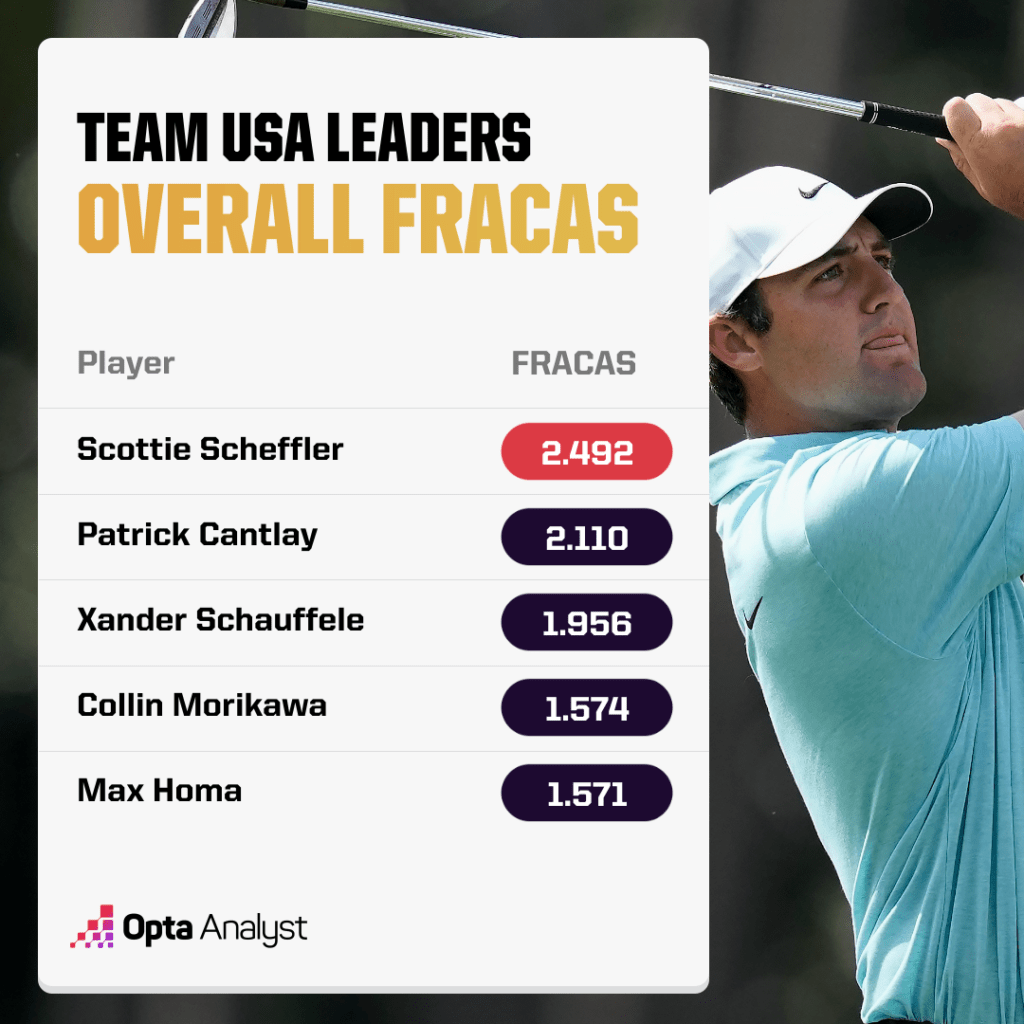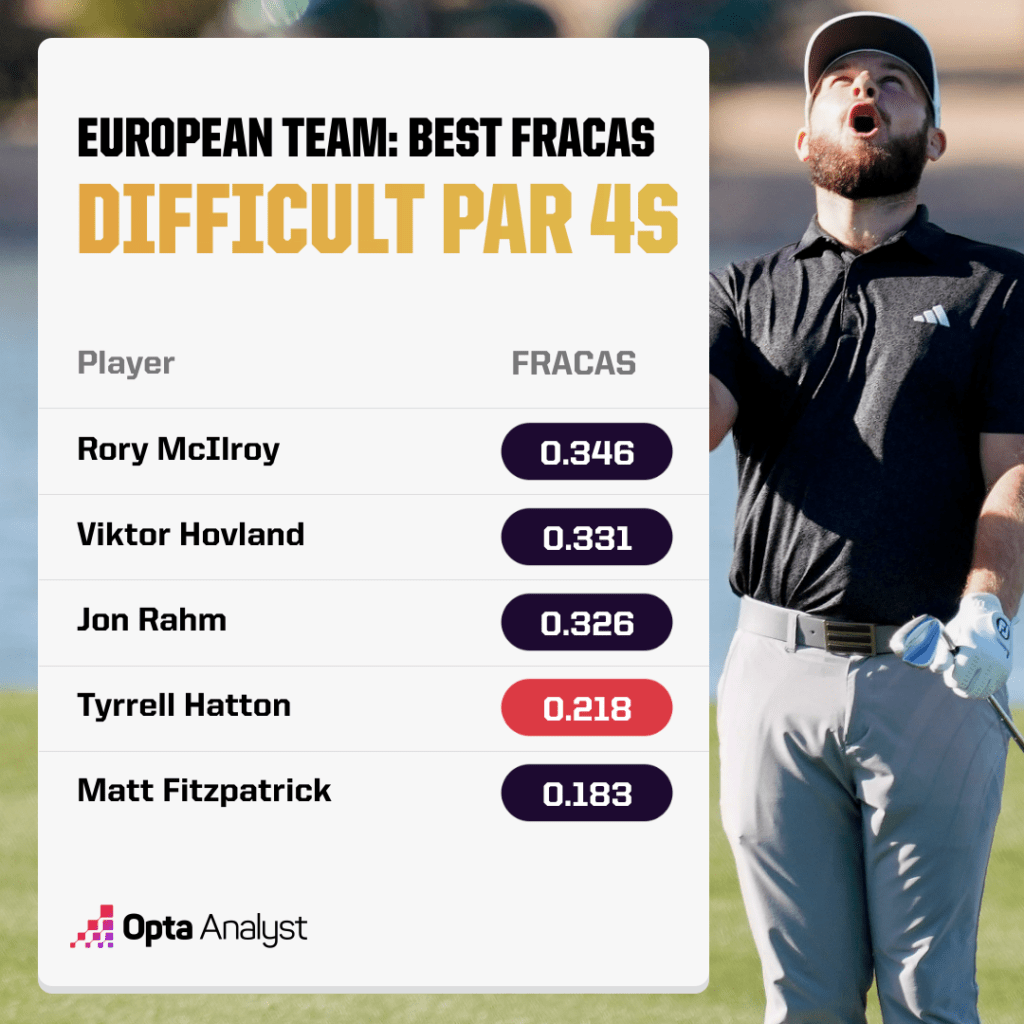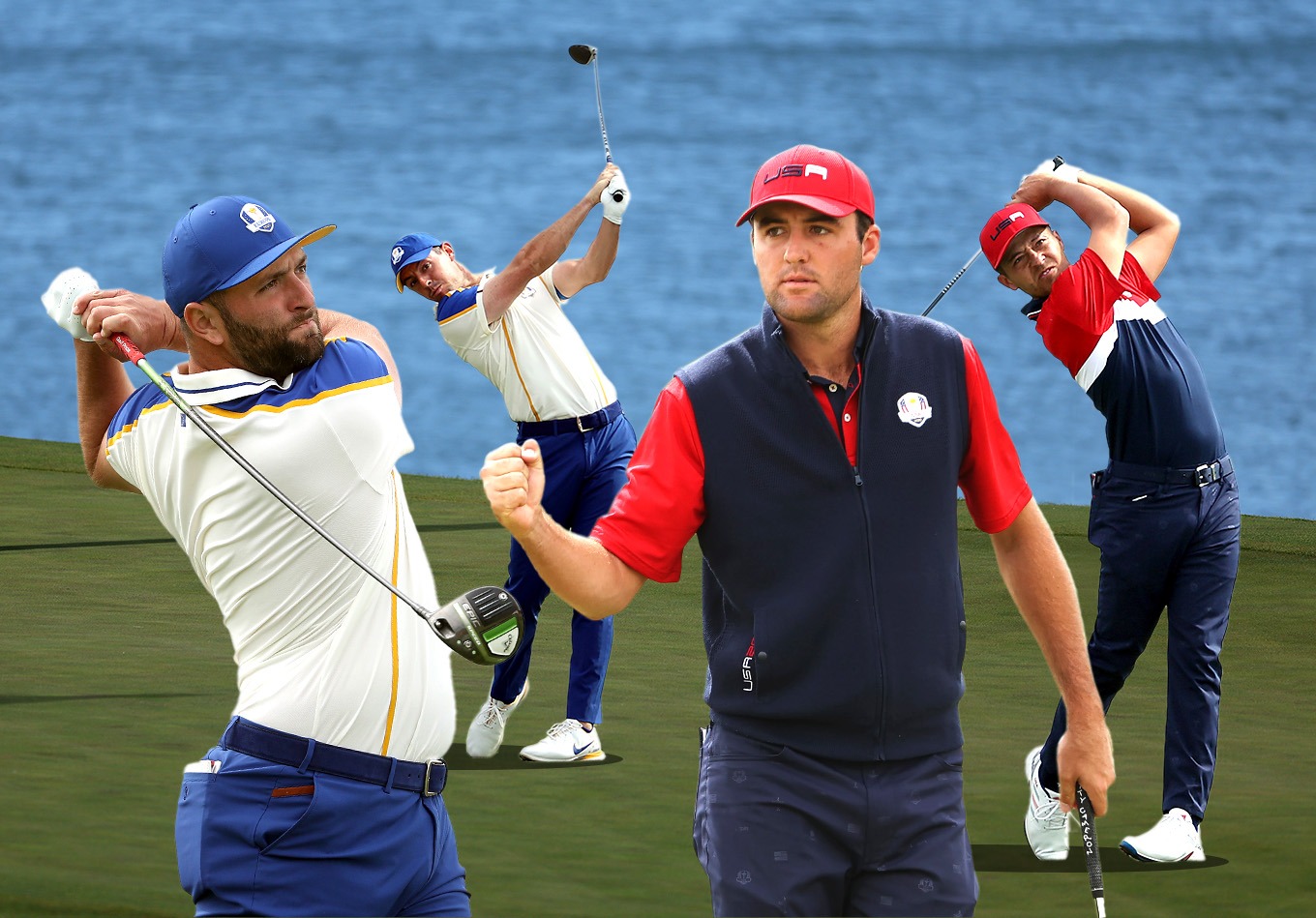The continent has been a land of horrors for the American team, which has often had an on-paper advantage over the Europeans but failed to win a road Ryder Cup since 1993.
On Sept. 29, the United States and Europe will battle on European soil for the first time in five years, and most of the players who will try to end the run of European home-game dominance weren’t alive for the last U.S. win.
The Ryder Cup team rosters are set after American team captain Zach Johnson and European captain Luke Donald made their captain’s picks in the first week of September. Johnson opted to take badly struggling superstar Justin Thomas over the much more in-form Keegan Bradley and Lucas Glover.
Donald decided to leave Adrian Meronk at home, passing on a European Tour star who already won an event this year on the very same course that will host this event: Marco Simone Golf and Country Club in Italy.
The European team has the home-course advantage and the crushing weight of history on its side. The U.S. Ryder Cup team, straightforwardly, has a deeper roster of better players.
Let’s see where it all leads.
The Big Horses
The Europeans have three huge stars, all of whom have been in good to great form all year. Rory McIlroy, Jon Rahm, and Viktor Hovland are ranked second, third and fourth in the world. Rahm won the Masters, Hovland won the Tour Championship in August, and McIlroy took the FedEx Cup last year and has contended in, well, almost everything.
McIlroy enters with a FRACAS of 2.420, gaining nearly 2.5 strokes per round on the field in our course-adjusted strokes-gained measurement. Rahm and Hovland are gaining about two strokes each. All three are a threat to win any individual tournament (Hovland has won three times just since June), and they’ll be the banner carriers for Donald’s team when they arrive on the scene.
Team USA only has one player whose current form rivals the big European three: Scottie Scheffler. The world’s best ball striker carries a 2.492 FRACAS into the Ryder Cup. Scheffler has had a dreadful putting season, slotting 150th on the PGA Tour in strokes gained on the green while leading in every other strokes-gained category. That makes him an interesting strategic piece for Johnson, the U.S. captain.

Will he pair Scheffler with a volatile birdie-or-bogey player in fourball competition, assuming that Scheffler’s ball striking will let the U.S. do no worse than par even if the world No. 1 can’t get a putt to fall?
Behind Scheffler are the friend duo and Ryder Cup-playing partners Xander Schauffele and Patrick Cantlay, who rank fifth and sixth in the world and will each carry a FRACAS of around 2.0 into Marco Simone. With Scheffler, they constitute the Americans’ top flight to counter Rahm, McIlroy and Hovland.
The Supporting Casts
We might as well label the Europeans’ most important complementary players the English Four. Countrymen Matt Fitzpatrick (world No. 8), Tyrrell Hatton (No. 13), Tommy Fleetwood (No. 14) and Justin Rose (No. 34) bring a lot of pedigree and Ryder Cup experience (for whatever it’s worth) to this event. Fitzpatrick, Hatton and Fleetwood all boast FRACAS numbers between 1.2-1.5, and Rose isn’t far behind at 1.1, even in a generally quiet season that featured just one win back in the winter.
Hatton might prove especially critical. The most brutal stretch at Marco Simone is from the eighth hole to the 15th, a part of the course that includes all four of the hardest holes on the course in European Tour competition. All are long par-4s, measuring between 454-510 yards. Hatton’s 0.218 FRACAS on long, difficult par 4s is eighth in the world. Hatton’s well-rounded game and good putting give him a chance to weather the hardest holes on this course better than all but a few Ryder Cup golfers.

In the same way, the United States will lean heavily on Max Homa, who matches Hatton exactly with a 0.218 FRACAS on those long, hard par 4s. Other members of the American qualifiers who bring good form to Marco Simone are Collin Morikawa (1.574 FRACAS), Rickie Fowler (1.260), Brian Harman (also 1.260) and Jordan Spieth (1.162).
Those players have had drastically different career arcs, and only a few of them have won tournaments this year. Harman’s blowout win at the British Open resulted in him crashing the Ryder Cup party from out of nowhere, while Rickie Fowler’s career resurgence similarly brought him from off the radar to back on it. Spieth and Morikawa didn’t win anything in 2023 – Morikawa hasn’t since 2021 – but both have been consistent enough to be no-brainers for this team.
The Wild Cards
The bottom of Team Europe’s roster is not, for the most part, exciting on paper. 2019 Open champion Shane Lowry (0.829 FRACAS) is far from his best form. Austria’s Sepp Straka (0.405) has put a few PGA Tour wins under his belt but not against stacked fields. Irishman Robert MacIntyre (0.124) will bring a ton of emotional fire and could become a European Ryder Cup cult hero like, for example, Ian Poulter once was. But he could also have the round of his life and find himself outgunned by a more talented opponent, like what happened when McIlroy edged him out at the Irish Open in July.
The Americans’ biggest advantage should be in this lower rung of the teams. Brooks Koepka, Wyndham Clark and Thomas all have FRACAS figures hovering right around 1.0. Koepka’s form is hard to pin down, as he’s spent most of the year playing LIV Golf events. But Koepka is a notorious big-game killer and showed in winning the PGA Championship that he can still get up for huge moments. Clark won the U.S. Open.
Sam Burns has won five tour events in the past three years. And Thomas, of course, is a decorated two-time major winner whose game has been in complete shambles. A reasonable observer still might like Thomas (1.009 FRACAS) in a singles match against someone like Norwegian Ryder Cup rookie Nicolai Hojgaard (-0.015). Which version of Thomas – the major winner or the guy who couldn’t make the top 70 on the PGA Tour standings list this year – shows up will weigh heavily on the outcome.
The event’s ultimate variable will wear a European uniform, however. Ludvig Aberg, a 23-year-old Swede, has had a stunning rookie season, which reached a crescendo at the beginning of September when he won the European Masters in Switzerland. Aberg turned pro this year after wrapping his college career at Texas Tech, and he’s cemented himself quickly as one of the longest drivers in professional golf. He didn’t factor into Ryder Cup chatter at all at the beginning of the year, but his inclusion on the European team became undeniable as his brief pro experience rolled on.
Europe is likely hoping that Aberg can hold his own and beat one of the lesser American players in match play. But his current form begs the question of whether Aberg could be capable of a lot more than that when he tees it up in Rome.
